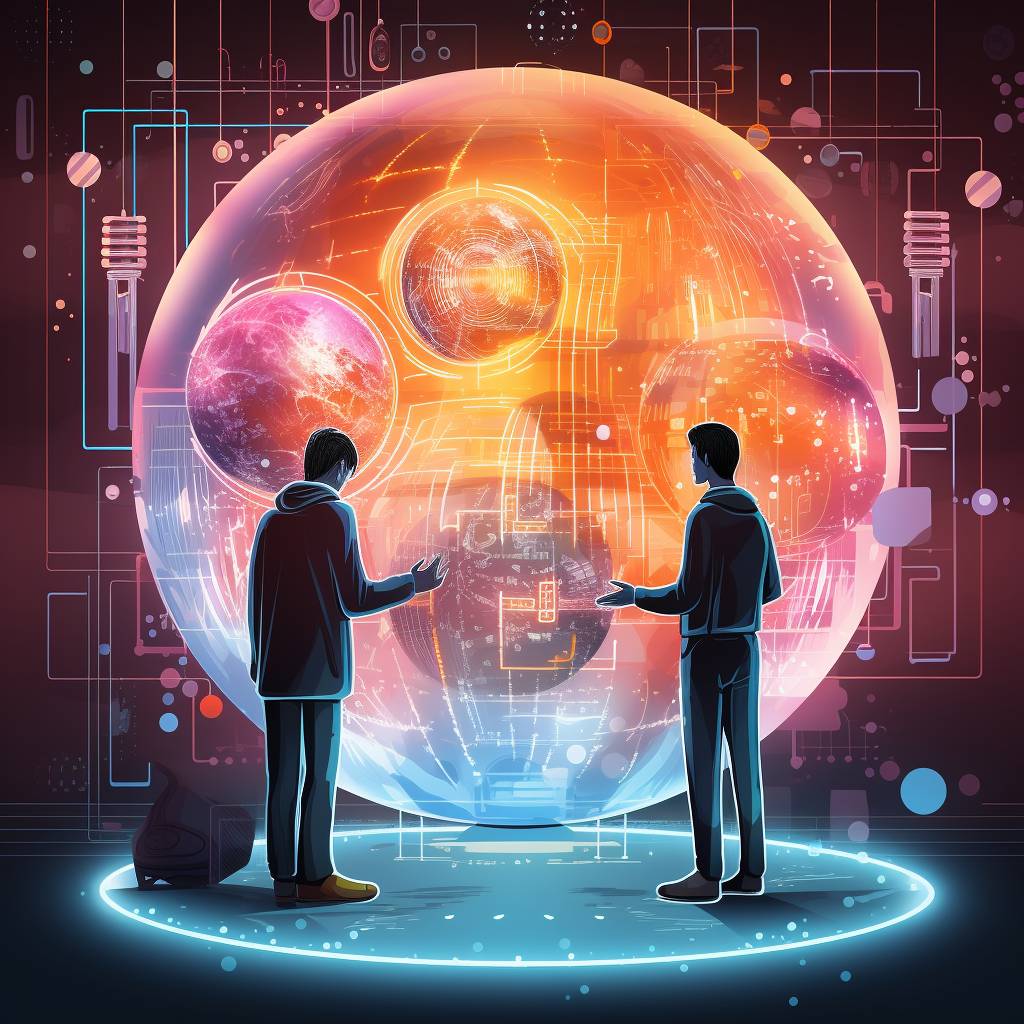In the rapidly evolving world of electronics and computers, the integration of artificial intelligence (AI) and machine learning (ML) is paving the way for enhanced human-robot collaboration. This exciting frontier involves a myriad of disciplines, from systems engineering to human factors, where researchers strive to comprehend human behaviors and interactions with their environment and with others.
At the forefront of this innovation is the Collaborative Robotics Lab, led by Iqbal. The team employs an array of technologies including multiple cameras and physiological sensors like smart watches to monitor and document both broad and nuanced human movements, gestures, and expressions.
Consider the scenario of a factory setting where humans work in tandem with “cobots,” or collaborative robots. Here, the humans execute tasks requiring fine motor skills, while the robots handle gross motor tasks, such as fetching tools for a human worker. The goal is to use AI and ML to instruct the robot about its expected roles and tasks.
Iqbal envisions a scenario where the robotic manipulator can anticipate human activities. “We want the robot to understand the human’s current activity and the phase of that activity they are in, and then fetch the object that the human will need in the near future. This eliminates the need for humans to constantly move back and forth,” he explained.
However, translating the vast array of human social cues into a language that machines can comprehend is no easy feat. Iqbal admits, “Whenever we try to build something to understand human behavior, it always changes. It’s difficult to capture all the ways in which we express ourselves. Each time we learn something new, it’s challenging to teach the machine how to interpret human intent.”
The complexity lies not only in the diversity of human expression but also in the multiple channels through which messages are conveyed. For instance, a simple phrase like ‘Give me that thing’ is not just about the words spoken. The context often includes non-verbal cues such as hand gestures indicating which object is being referred to.
To overcome these challenges, Iqbal and his team are working on “multimodal representation learning.” This system combines verbal messages with non-verbal gestures like pointing, eye gaze, and head motion. It also includes physiological sensing such as tracking heart rate dynamics and skin temperature dynamics.
The integration of AI and ML in robotics is a complex process that requires knowledge of programming languages and coding. However, as we continue to make strides in this field, we are inching closer to a future where robots can understand and anticipate human needs better, leading to more efficient and productive collaborations.
This advancement in electronics and computer science promises a future where robots are not just tools but collaborative partners that can significantly enhance human productivity and efficiency. As we continue to explore the possibilities of AI and ML in robotics, we can look forward to a future where robots understand us better, leading to more seamless and effective collaborations in various sectors.
